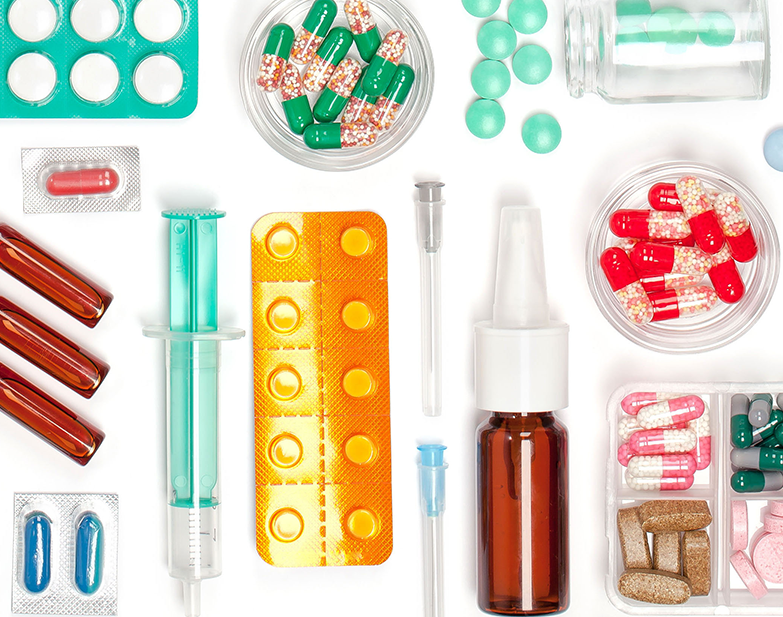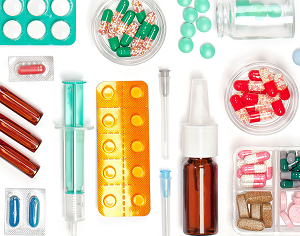The Front-End and Pharmacy Need to Be Mutually Beneficial 9/4/2019
 In today’s rapidly changing landscape, retail pharmacies are finding it tougher to survive, let alone thrive. Gross profit challenges are popping up everywhere - new competitors, generic drug price deflation, Medicare Part D plans pushing patients toward in-network or mail order pharmacies - and all of this before direct and indirect remuneration (DIR) fees. For these reasons and others, it’s important to maximize existing resources to grow sales.
In today’s rapidly changing landscape, retail pharmacies are finding it tougher to survive, let alone thrive. Gross profit challenges are popping up everywhere - new competitors, generic drug price deflation, Medicare Part D plans pushing patients toward in-network or mail order pharmacies - and all of this before direct and indirect remuneration (DIR) fees. For these reasons and others, it’s important to maximize existing resources to grow sales.
As a former pharmacy technician, store manager, and category manager, I’ve had the opportunity to see this challenge from multiple vantage points and believe effective communication may be the most important variable in the equation for not only utilizing your pharmacy to increase front-end sales, but also using your front-end to increase pharmacy sales. This is easier said than done and requires breaking down possible silos throughout your organization, with everyone working together and focused on the big picture.
Cross-Promotions
Let’s start by discussing some cross-promotional opportunities -- using one product or service to promote another. Identifying optimal cross-promotions is a strategic endeavor that can, and often should, involve analyzing data. One pharmacy chain shared with me that they review prescription medication side effects to determine which products would be ideal to tie together in a promotion. As an example, when dispensing medications that can cause photosensitivity (an allergic response that causes inflammation when exposed to sunlight), they offer a discount on certain sunscreen and moisturizing products (with a focus on premium beauty care products because of their higher gross margin). One grocery retailer said that their pharmacy has partnered with just about every department in the store except the bakery. They recently partnered with a frozen foods vendor to promote popsicles as a healthy alternative to ice cream, and tied them to the sale of blood glucose test strips. Both of these examples are timely summertime promotions.
Creating insightful promotions is just the beginning. For such promotions to be successful, they must be effectively executed, and this requires a dedication to detailed communication. Make sure you have a clearly defined and documented communication strategy prior to implementation. After identifying who needs to be involved and determining their responsibilities, one must ensure that everyone knows their role.
District meetings and subsequent store meetings are great opportunities to talk through the promotion and distribute product samples and literature. Webinars can also be an effective training tool, especially when face-to-face training is not an option. Don’t forget to include the vendor when it makes sense; they can be an excellent resource not only in developing and funding the promotion, but in educating your staff and customer.
Health screening services around blood glucose, blood pressure, A1C, lipid panels, and cholesterol are all examples of services that can be used to promote products within your store, particularly with under or uninsured patients. Vendors are typically invited to sponsor these events and often set up a small display with a few of their products.
One retailer detailed how they are currently partnering with an insurance plan to offer educational programming and store tours on healthy eating. The plan provides the dietician, and the store provides the clinical pharmacist. Together, they offer diabetes education sessions in the store. To market this activity, one of their chain’s clinicians is creating a video that will be streamed on the plan’s patient portal. The plan drives the communication to the patient, and the store provides the forum/setting.
Community Outreach
Getting out into the community is another opportunity to increase your patient base. If you have a nutritionist or dietician, you may want to consider having them join your clinical pharmacist out in the field. One chain performs doctor detailing together to promote their unique services. Pharmacists can also strengthen the relationship between the customer and their store, such as by recommending a nutritional consultation with the dietician when doing an MTM intervention.
For programs and promotions exceeding 90 days, one retailer has store associates wear ribbons or buttons to spark customer dialog. One element that should not be underestimated is incentivizing your team. Whenever possible, get the entire store involved. Consider providing a prize to the store and/or store associate who recommends the most flu shots. This can be a great way to drive customers to the pharmacy. Make it fun.
Another idea is having a clinical pharmacist represented on your procurement team in an advisory role. Obviously, this depends on the category being reviewed, but having a disease state expert providing their perspective can add value regarding new items and promotions. Also, having this clinical stamp of approval may provide validation and give pharmacists added confidence when recommending products.
I know this last point is a retail mantra, but always inspect what you expect. Visit or work in the stores on a consistent basis. It is hard to understand where the opportunities are and the breakdowns occur without witnessing the process in action. As my former boss used to say, “There is no cash register in the corporate office.”
In closing, I’ll leave you with this - the program is only as good as the execution, and the execution is only as good as the communication. Good luck and good selling.
Editor's Note: This article was originally published in the August 26, 2019 issue of Chain Drug Review


